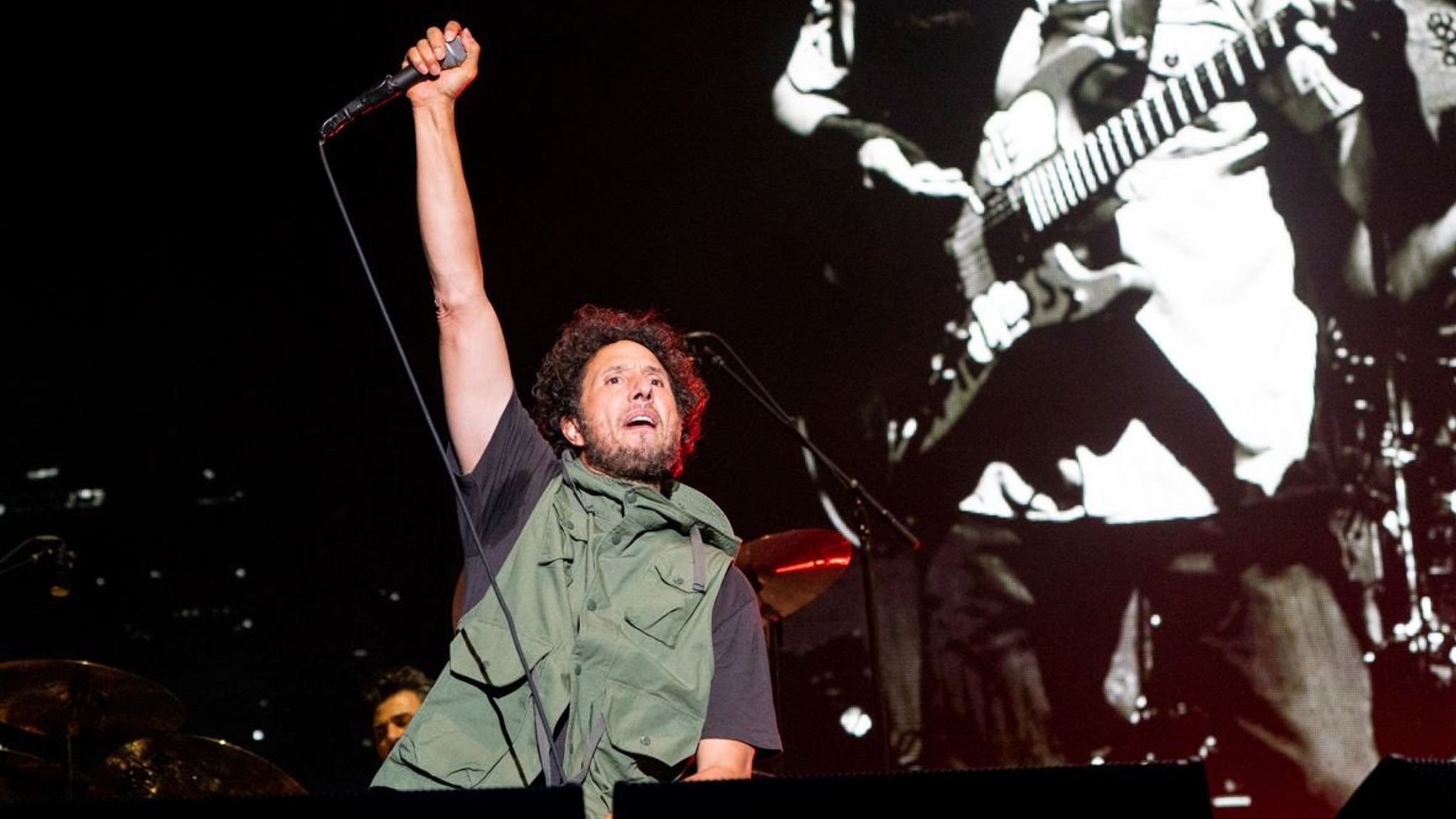No products in the cart.
Blog
Unveiling the Mystery: Why Did Rage Against The Machine Break Up?
Explore the enigma behind one of the most iconic bands of the ’90s – Rage Against The Machine. Delve into the reasons that led to their unexpected breakup, such as creative differences and internal conflicts. Why Did Rage Against The Machine Break Up? In this article, we’ll dissect the factors that contributed to the dissolution of this groundbreaking group, leaving fans and the industry in shock. Explore the void they left in the music scene and the lasting impact of their disbandment.
Why Did Rage Against The Machine Break Up? Creative Differences:
Diving into the intricacies of the band’s creative dynamics unveils a tale of contrasting artistic visions that ultimately strained the unity of Rage Against The Machine. Despite achieving tremendous success through their groundbreaking music, the band members found themselves at a critical juncture where divergent paths beckoned.

The tension mounted as each member harbored distinct ideas about the future musical direction of the group. Some sought to push the boundaries of their sound, experimenting with new genres, while others were inclined to preserve the raw, politically charged essence that defined their early work. This clash of creative visions became an insurmountable obstacle, creating a rift that ultimately contributed significantly to the band’s decision to part ways.
Intense Ideological Clash:
Rage Against The Machine’s fervent commitment to social and political causes was a defining feature of their identity, earning them both acclaim and controversy. However, as their activism intensified, so did internal conflicts. The band’s unwavering dedication to espousing strong political views, though a cornerstone of their authenticity, evolved into a double-edged sword.
The intensity of their ideological convictions led to heated debates within the group, with members grappling over the degree to which their music should serve as a vessel for activism. The line between artistry and advocacy blurred, and the resulting tensions within the band became palpable. Ultimately, the clash between maintaining a united musical front and expressing individual political passions played a significant role in the dissolution of Rage Against The Machine.

Exhaustion from the Grind:
The demanding nature of the music industry casts a shadow on the personal toll it exacts from artists, and Rage Against The Machine was no exception. The relentless cycle of constant touring, back-to-back recording sessions, and the unrelenting pressure to maintain a specific public image took a toll on the band members. The exhaustive demands of the industry left little room for respite, pushing the musicians to their limits both physically and creatively.
As the grind wore on, the band found themselves wrestling with burnout and a collective weariness that permeated their once-energetic collaborations. The toll of the industry’s relentless pace became a critical factor in the decision to disband, as members sought reprieve from the unyielding demands that had become synonymous with their musical journey.
Solo Ventures and Side Projects:
In the aftermath of Rage Against The Machine’s breakup, the individual pursuits of its members emerged as a compelling chapter in the band’s narrative. Each musician embarked on solo ventures and side projects, contributing to a musical landscape that became both diverse and intriguing. These endeavors provided an outlet for creative exploration beyond the confines of the band’s signature sound.

From solo albums to collaborations with other artists, the members of Rage Against The Machine found new avenues to express their musical identities. Explore how these side projects, born out of a desire for personal and artistic growth, influenced the band’s decision to part ways. The divergence into solo ventures not only showcased the individual talents within the group but also highlighted the evolving aspirations that ultimately contributed to the dissolution of Rage Against The Machine as a unified musical force.
Reunion Rumors and Speculations:
The specter of a Rage Against The Machine reunion has lingered in the collective consciousness of fans ever since the band’s abrupt breakup. Despite the passage of time, the fervent hope for a reunion persisted among loyal followers who clung to the possibility of witnessing the iconic group reclaim the stage. Over the years, numerous rumors and speculations have surfaced, igniting a rollercoaster of emotions within the fanbase.
The reunion talks manifested in various forms, from cryptic social media posts to tantalizing interviews with band members. Each instance fueled a surge of excitement among fans, only to be followed by periods of uncertainty. The band members themselves found their every word scrutinized, their actions dissected for clues that could hint at a potential comeback. The impact of these rumors extended beyond mere anticipation; they became a catalyst for renewed interest in the band’s discography and a resurgence of the fervor that once defined their fanbase.

However, with each passing rumor, the rollercoaster took unexpected turns. Conflicting statements from band members added layers of complexity, leaving fans in a perpetual state of speculation. The emotional investment in the prospect of a reunion became a testament to the enduring influence that Rage Against The Machine had on its audience. Despite the band members pursuing diverse paths in their solo careers and other projects, the allure of a collective return remained a beacon of hope.
Wrap up the article by summarizing the key factors that led to Rage Against The Machine’s breakup. Reflect on the lasting impact of their decision on the music industry and the void it left for fans. Conclude with any recent developments or insights into the band members’ post-breakup careers, leaving readers with a comprehensive understanding of why this legendary group chose to go their separate ways.

